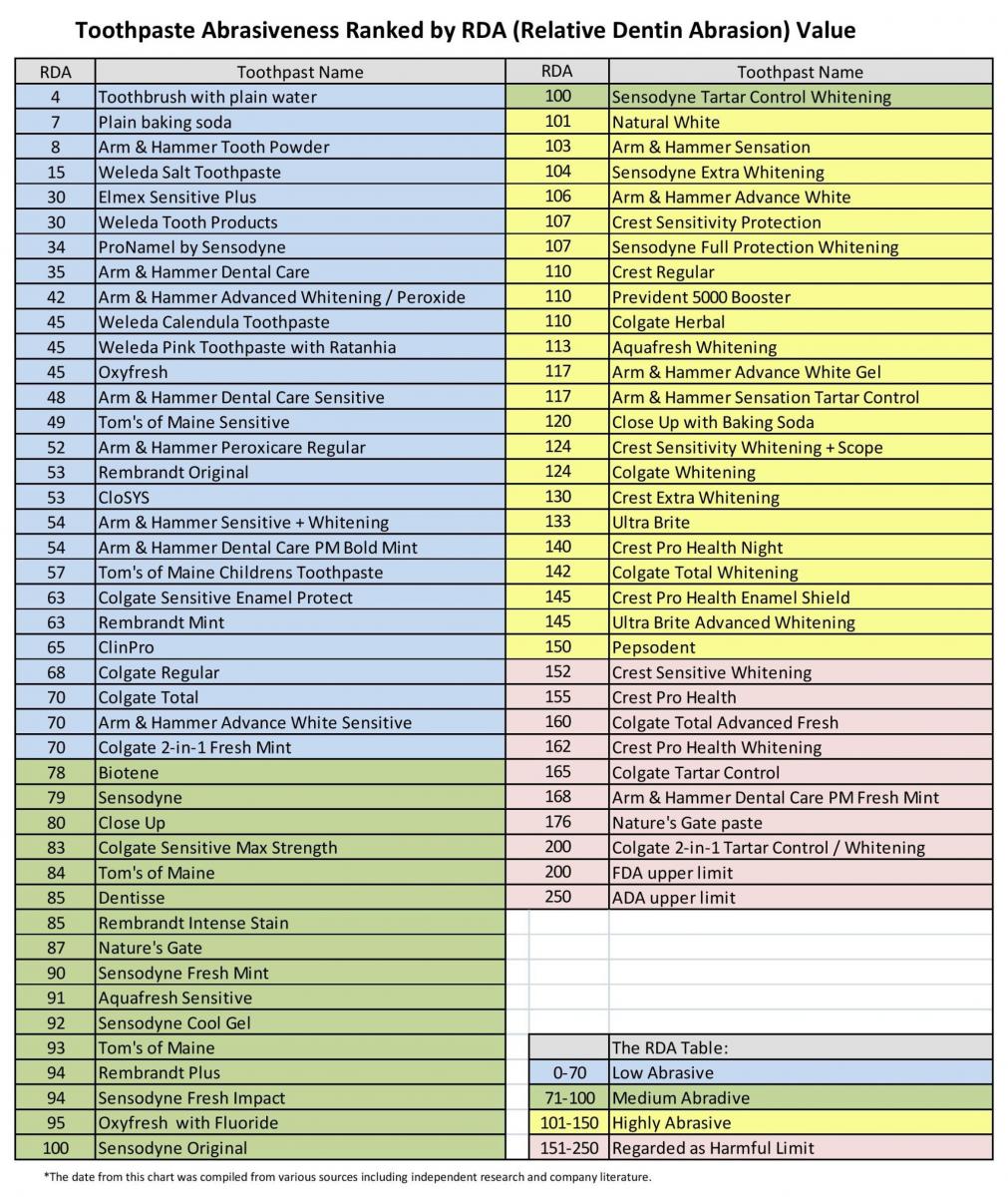
What Is The Best Way To Whiten My Teeth?
This is a very common question I get from patients in my practice. My answer depends on a few factors.
How white does a patient want to get their teeth?
If you are mainly concerned with extrinsic stains only I would suggest a change in toothbrush and possibly toothpaste. Extrinsic stain is on the outer surface of the tooth that will form due to patients diet and bacteria biofilm(plaque) on their teeth. An electric toothbrush is more effective in removing plaque and surface stain. I prefer patients use an electric toothbrush with a rechargeable base like oral b and sonic care toothbrushes. Whitening toothpastes will never internally whiten teeth but they can help remove extrinsic surface stains. You need to be careful with your toothpaste choice however, because abrasive toothpastes will also increase the wear of tooth structure over time. I recommend using a more abrasive paste for 2-3 weeks at a time and switching back to a gentler paste. An example is Rembrandt intense stain as a whitening paste and switching back to Pronamel by Sensodyne for a daily use paste. Try to use a paste with less than 100 on the RDA(Relative Dentin Abrasive) Value.
AT HOME TRAYS
If you would like a more dramatic change to the color of your teeth I would recommend a few other options. The most effective whitening technique is an at home tray made by your dentist. This method requires a custom tray made from impressions taken at your dentist’s office. A custom tray has several benefits.
- Custom trays fit tightly against your teeth minimizing whitening gels exposure to the gum tissue. Gum tissue can turn white and become irritated if they are in contact with whitening gels for an extended period. If this does occur the patient can rub vitamin E gel on the affected area for relief.
- Custom trays deliver more predictable results because of an intimate fit allowing whitening gels more contact on the teeth. Whitening gels are inactivated by enzymes naturally found in our saliva. The trays protect the gel from our saliva and allow it to work for up to 6 hours.
- Custom trays allow the patient to maintain their white smile. I recommend patients try to whiten for 2 weeks when they initially begin treatment. After this initial treatment the teeth will slowly incorporate stain based on diet and plaque biofilm. Every patient will have a different timeline for needed maintenance based on how quickly they incorporate stain. Some patients will need to whiten one night a month following initial treatment while others every 3-4 months.
IN OFFICE TREATMENT
In-office whitening can be very effective for an immediate change in color but it won’t last forever. When performing in-office whitening we use higher concentration gels under isolation for 1-2 hours. This higher concentration gel also dehydrates the tooth which helps enhance the white color but also comes with more sensitivity and a rebound effect after the teeth rehydrate. The lack of any maintenance is the main reason I don’t recommend in-office whitening as the primary technique. In-office is best done after an at home tray whitening has been completed to help loosen any deeper stain to achieve a whiter shade.
Cost?
The different whitening techniques all come with varying costs. An in-office whitening procedure will come with the highest cost because of the increase in chair time. The most effective technique of an at home custom tray has a higher initial cost then lower cost white strips, but the trays allow for continued use with better results. After the initial fabrication of trays they can be reused for years as long as your teeth don’t change shape or position from future dental work. This means you only need to purchase whitening gel refills to use your trays for continued maintenance. Lower cost whitening strips can be effective but require more routine use and will not whiten darker teeth as effectively. Whitening strips have lower concentration of gel and less isolation from saliva to prevent degradation of the gel then a custom tray.
Previous whitening history and side effects?
Some patients have tried whitening in the past with varying success. They may have also experienced the common side effect of temperature sensitivity. This is the most common complaint of patients that whiten. “My teeth are very sensitive to air and anything cold for several days after whitening”. I try to treat this preventatively and during treatment. I instruct patients to use sensitive formula and low abrasive toothpaste 1-2 weeks before treatment. I also instruct patients to be careful not to get the gel on the gums because this can cause the tissue to become raw and sore. Lastly during treatment I give patients a desensitizing gel to place on the teeth after they remove the trays in the morning to help lessen any sensitivity while whitening.
Whitening take aways
- At-home custom trays are the most effective method to whiten your teeth. It allows you to slowly whiten your teeth with less sensitivity and better long-term maintenance.
- Whitening strips can be a good budget alternative, but expect to have to use them more often and get uneven results due to lower concentration of gel and less isolation from saliva.
- Sensitivity is a very common temporary side effect. Try to manage it with preventative use of a sensitive formula toothpaste and in treatment use of a desensitizer. This will allow you to use whitening gel for longer duration increasing the amount of whitening you achieve.
For more information on teeth whitening visit with Dr. Ian or call the office to set up a consultation.

